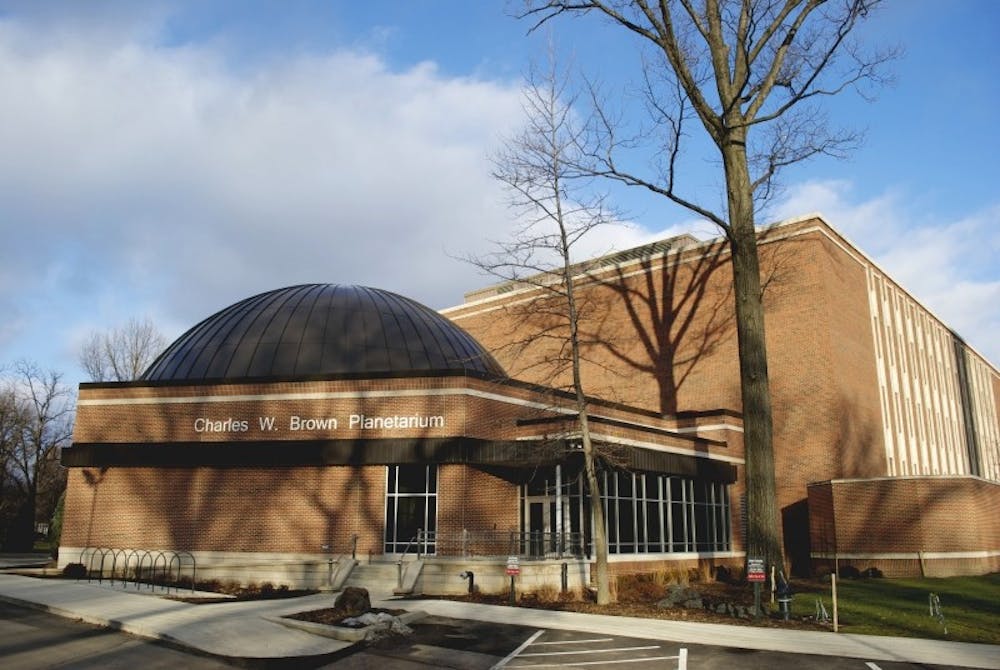The Charles W. Brown Planetarium offers a new set of celestial shows each semester, including a few holiday themed events. While all of the showings are free to the public, children 17 and under must be accompanied by an adult.
When attending one of the planned shows, it is best to arrive 30 minutes early as seats are first-come, first-serve.
Here are some of the “out-of-this-world” showings happening this semester:
Tour of the Late Summer Sky
6:30 p.m. and 8 p.m. Aug. 24, 31
While students and teachers must return to school, this planetarium experience allows attendees to appreciate summer a little longer. During the show, viewers will learn how to navigate the summer sky using bright stars and constellations, so they can discover new formations at home on their own.
Exploring the Center of the Milky Way
6:30 p.m. and 8 p.m. Sept. 14, 21, 28
During this galaxy trip, guests will explore the Milky Way, which is more than 100,000 light years wide. The show is made possible by recent developments in technology that allow astronomers to see inside the middle of the “giant pancake.” By using infrared and radio wavelengths, images reveal all the Milky Way is home to, including objects like a giant black hole.
Halloween: Celestial Origins
6:30 p.m. and 8 p.m. Oct. 5, 19, 26
With Halloween being an astronomical holiday, the Planetarium is offering a show based around the history of Halloween and why it is considered a “cross-quarter day.” During the show, viewers will also get to see the night sky and learn what planets and constellations to keep an eye out for while trick-or-treating.
Juno at Jupiter
6:30 p.m. and 8 p.m. Nov. 2, 9, 16
Currently, NASA has a spacecraft named Juno roaming the planet Jupiter, the largest planet in the solar system. Juno has shown swirling clouds above the surface as well as information about the Great Red Spot located on the planet. Additionally, some of the most important information NASA has uncovered lies underneath Jupiter’s dense clouds; this knowledge will be shared during the show as well.
The Christmas Star
6:30 p.m. and 8 p.m. Nov. 30 and 6:30 p.m. and 8 p.m. Dec. 7, 14
For the final show of the semester, the Planetarium is inviting guests to explore natural explanations for the Star of Bethlehem and common modern-day misconceptions about the star through presentations and discussions. A few questions asked during this show will be, “Is the Star of Bethlehem an exploding star or some other natural event in the sky?”





